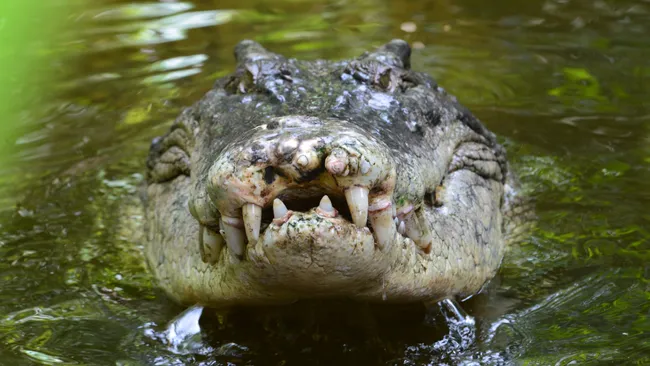Crocodile attacks in Australia have surged as the crocodile population has skyrocketed due to successful conservation efforts. To address this issue, scientists are now employing a cutting-edge method to detect these predators before they pose a threat: environmental DNA (eDNA).
Over the past two decades, crocodile attacks have become more frequent, a direct consequence of the population boom. Despite increased safety measures and higher quotas for crocodile culling, these approaches have had limited success because crocodiles are highly mobile; removing one often just opens up territory for another.
The new strategy involves analyzing the genetic material that crocodiles shed into their environment. By testing the eDNA in waterways, wildlife officials can identify where crocodiles are present or have recently been, enabling them to alert swimmers, boaters, and campers to avoid these areas.
This situation stems from one of conservation’s notable successes. In the early 20th century, overhunting had reduced the Australian crocodile population to about 3,000. Since protective measures were introduced in the 1970s, their numbers have surged to an estimated 100,000.
The increase in crocodile numbers has led to more frequent attacks and retaliatory killings. Recently, on August 3, a 40-year-old man named David Hogbin was killed by a 16-foot-long saltwater crocodile in Queensland’s Annan River, which was subsequently euthanized by wildlife officials. In 2023, a 13-foot crocodile was found decapitated on a beach, and later that year, another large crocodile was discovered dead, having been butchered.
Crocodiles are notorious for their ambush tactics, capable of remaining motionless underwater for hours while waiting for prey. Given this stealthy behavior, experts advise assuming that crocodiles are present in all waterways. The development of eDNA testing offers a promising tool to enhance safety and prevent crocodile attacks by detecting their presence without needing to visually locate them.
